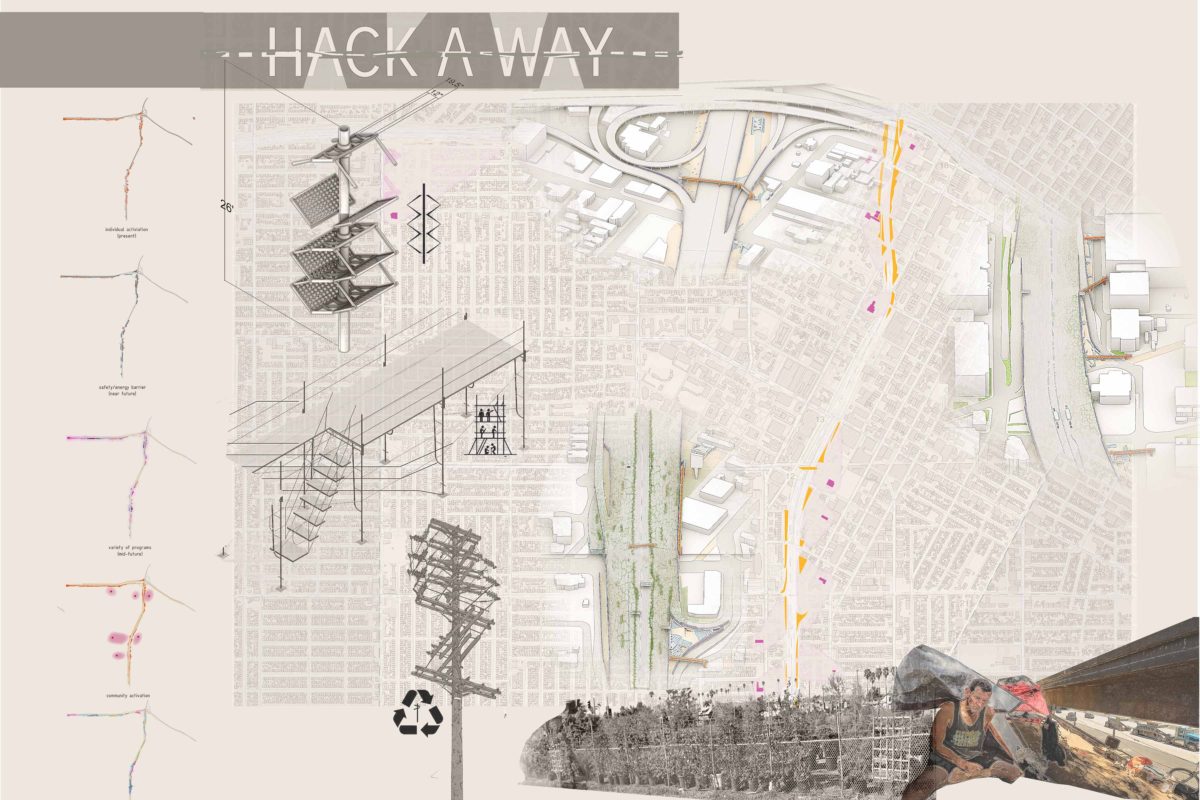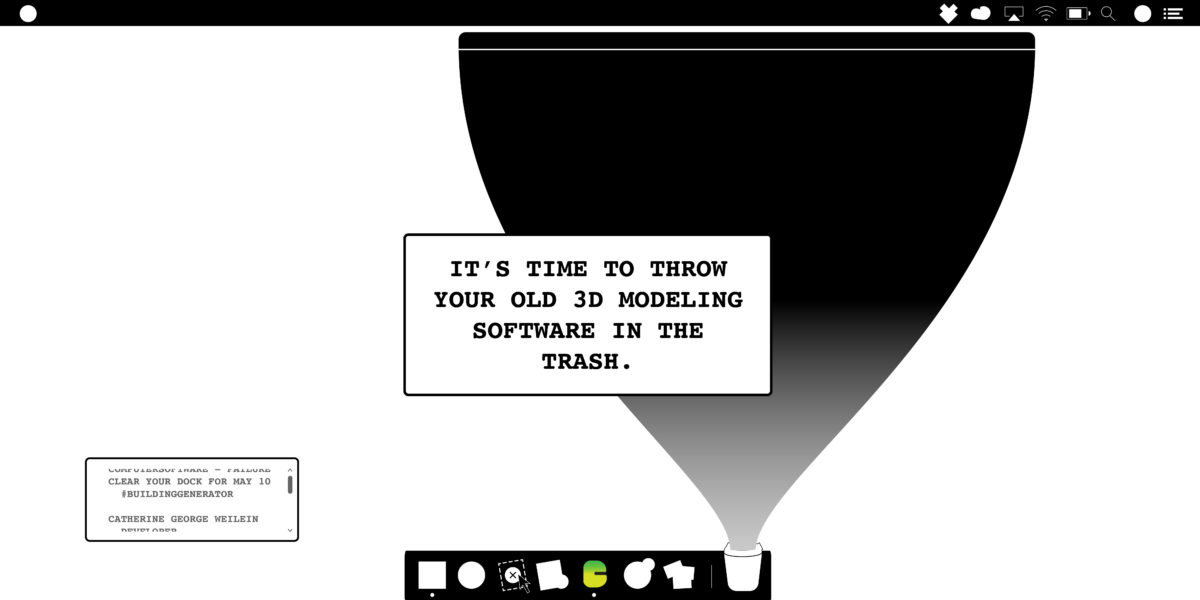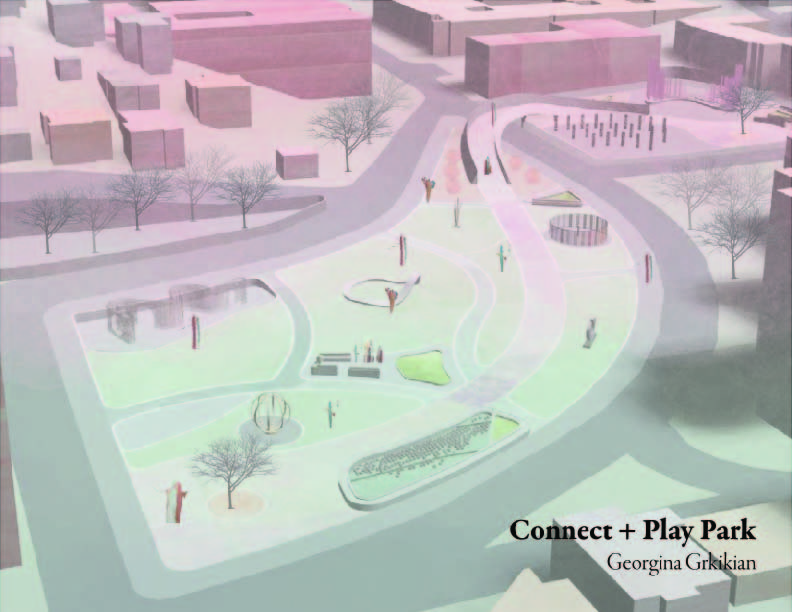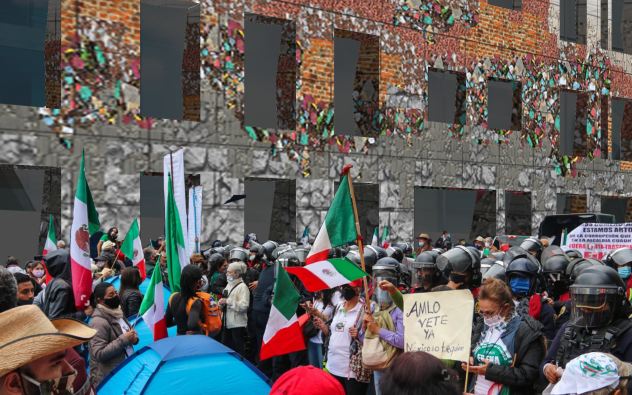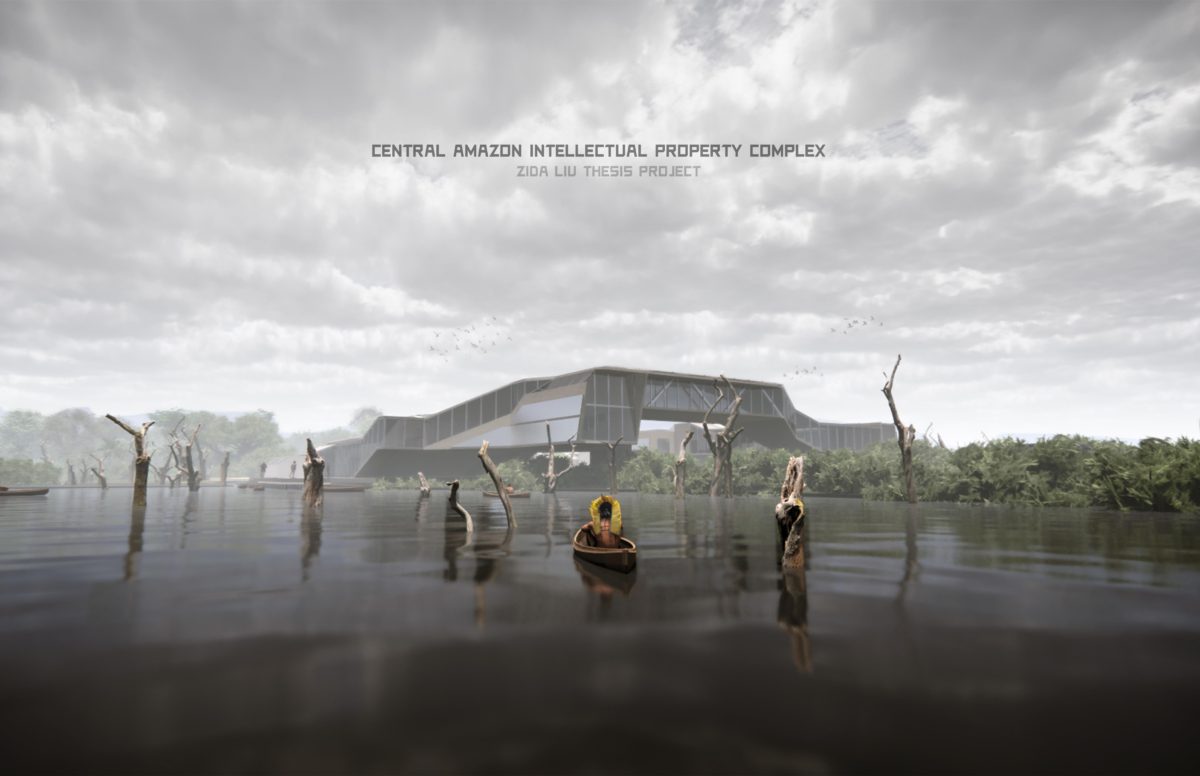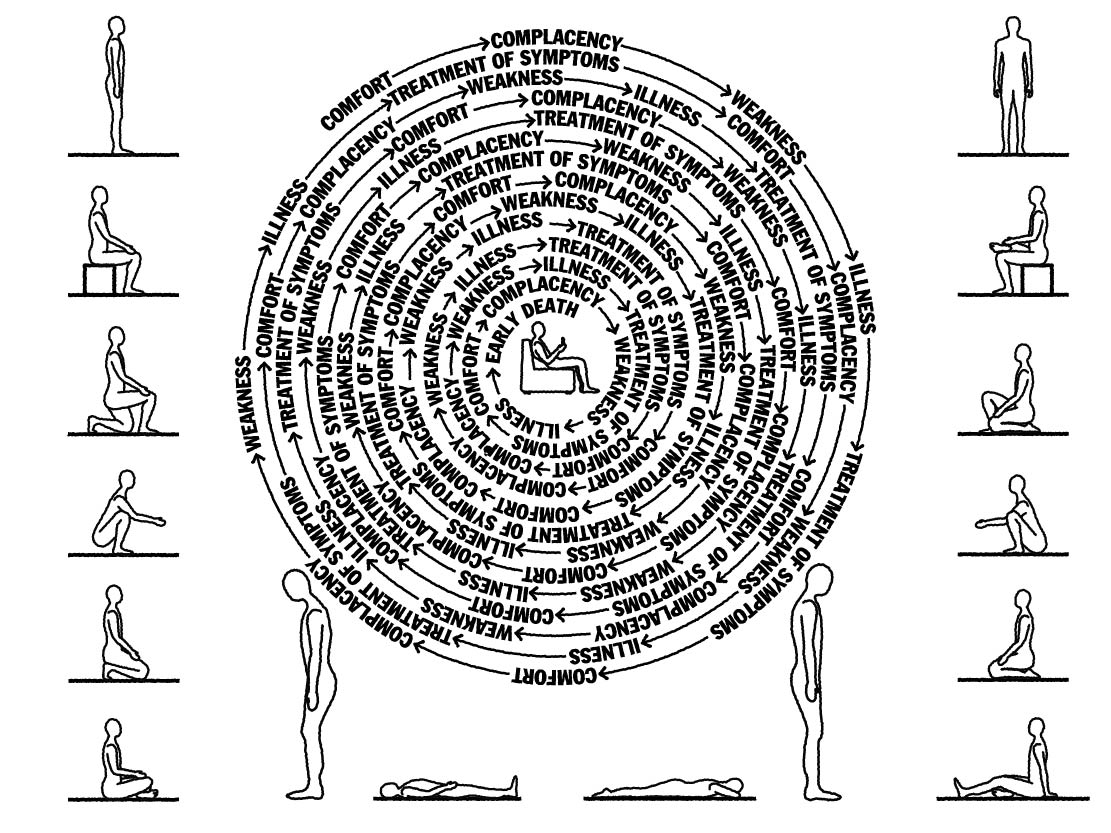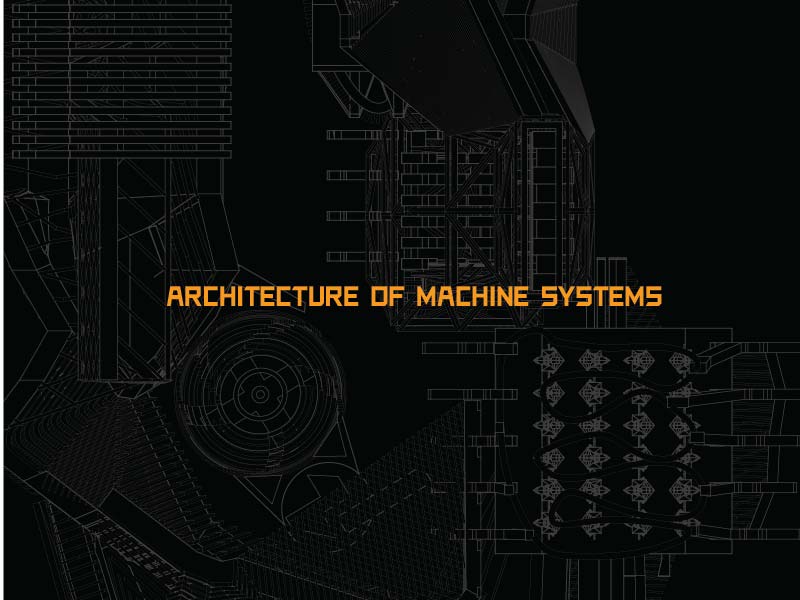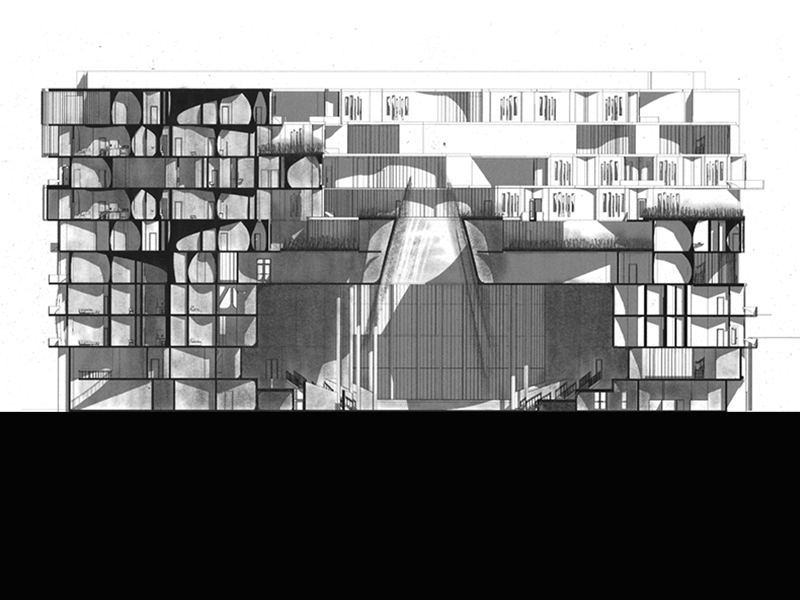This project begins by acknowledging the biopiracy conducted by multinational biotech corporations in the Amazon. With patents registered on materials and knowledge pirated from indigenous people, these companies have prevented indigenous people from benefitting from their own property. This system has also helped prevent Brazil from developing its own bioindustry. As a result, Brazil has little access to the knowledge encrypted in the Amazon rainforest, leading to increasing deforestation and destruction of indigenous lands. This sequence of events ultimately leads to the permanent loss of Amazonian knowledge.
This project proposes a chain of buildings, sites and infrastructure that is intended to address this injustice, replacing it with sustainable benefits for both indigenous people and the Brazilian biosciences. The first step, which would take place on indigenous lands, is to gradually patent indigenous knowledge (of the flora, fauna and how to use materials for human benefit). The project includes a gene bank, film archive and other facilities to record materials and practices on site. Connected by the Trans-Amazonian highway to nearby free-trade zones, the project proposes that this indigenous intellectual property would be studied in Brazilian-owned biotech laboratories. Brazil’s national corporations, working in the free trade zones, would then convert them into products for export.
Royalties from these products would be returned to the indigenous people as legal and medical aid; legal consultation would take place in the project’s northern building, while mobile deployable clinics would be transported to nearby indigenous settlement.
